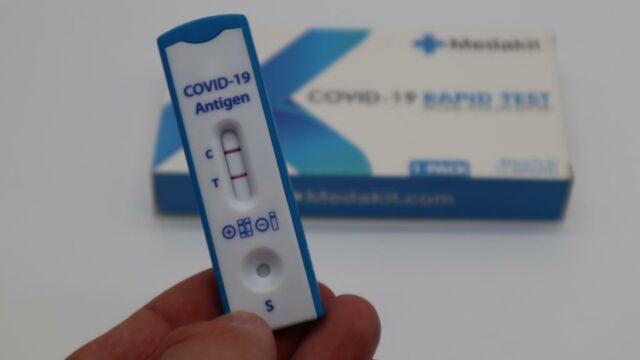Numerous studies have been going on to understand the effect of Covid and each study presents new information. Similarly, The Sun reported that a recent study has found that people who have had Covid in the last six months, might be at the risk of developing blood clots.
Discover our latest podcast
How does it work?
In this study by Swedish Researchers, it was made evident that no matter how mild or non-serious a Covid variant may be, it still can leave long-term side effects. The study discovered that people who have had the disease in the last six months are at a higher risk of getting deep vein thrombosis up to three months after the infection. And in worse cases—a blood clot in the lungs up to six months later.
Additionally, the research also points out that there is a chance of a ‘bleeding event’ up to two months after being ill with the virus. Although the study was conducted before Omicron emerged, it may still have grave consequences. Omicron was believed to be a milder version where people recovered mostly at home. Reportedly, experts have discovered that non-hospitalised Covid-19 patients were at a higher risk of developing this side effect.
Read More
⋙ COVID: Vaccines for children aged 5 to 11 are now available in England
⋙ Covid: New Omicron variant XE found in the UK, here’s what experts are saying
⋙ Tuberculosis and COVID: What are the common symptoms and differences?
What really happens to the body?
The chances of getting a blood clot were the highest after the first wave. The recent study focuses on non-hospitalised people, as they can be at risk of deep vein thrombosis and pulmonary embolism. Regardless, developing blood clots is an inevitable risk in many people who have contracted Covid. While some people may recover effortlessly, others may have to look out for these side effects.
Deep Vein Thrombosis (DVT)
DVT happens when a blood clot is formed in one of the deep veins of the body, usually the legs. The fatality of the disease varies for everyone but long-term complications are a consequence that everyone would experience. You can know if you have DVT, if:
- You have swelling in your arm/leg
- Your leg hurts or is tender
- There’s a reddish-blue skin discolouration
- Your leg/arm is warm to touch
Pulmonary Embolism (PE)
PE is basically when the blood clot breaks off from DVT and reaches the lungs, making it fatal. Although it can be life-threatening, proper treatment can reduce the risk. Here are a few signs to look out for:
- You experience sudden shortness of breath
- Sharp chest pain that gets worse with deep breaths
- An increased heart rate
- Unexplainable cough with bleeding at times















